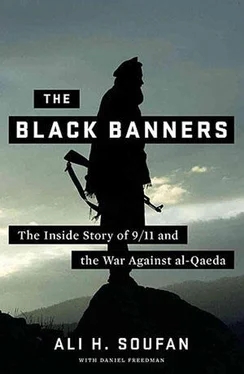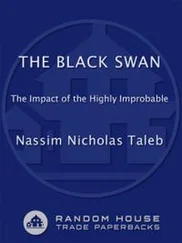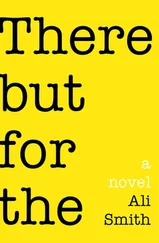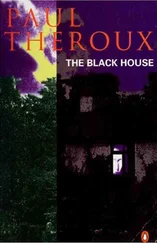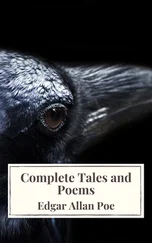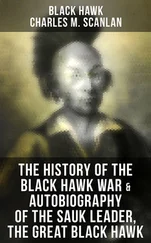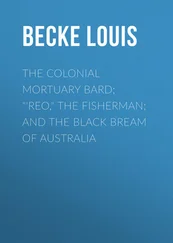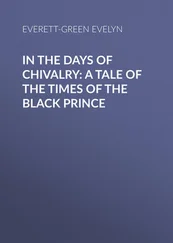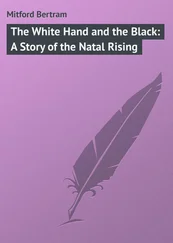“What do you think?” Kevin asked. I shook my head.
“That’s it,” I told him, “that’s the third warning. First there was the 1996 declaration of jihad, then the February fatwa, and now he’s going public straight to the American people. I think it’s a warning that al-Qaeda is about to attack. We need to be prepared.”
We didn’t realize how right we were. Two months later, the U.S. embassies in Nairobi, Kenya, and Dar es Salaam, Tanzania, were bombed.
My initial rotation was up, and it was time to decide on a squad. I had become friends with a few agents in I-40, which dealt with Palestinian terrorist groups like Hamas, as well as terrorist-sponsoring countries, like Iraq under Saddam Hussein. The squad supervisor, Tom Donlon, who had been the case agent on several important cases, including the 1993 World Trade Center bombing, took me to see Pat D’Amuro.
On Pat’s desk was a box filled with packets of Advil, Tylenol, and other painkillers—“for all the headaches related to the task force,” he liked to joke. I spent a fair amount of time with him that day. He spoke about his experience in running a task force made up (at the time) of more than thirty-five federal, state, and local agencies handling virtually every terrorist group and state sponsor of terrorism around the world, and of the importance of agents remembering that they are bound by the Constitution. He said that we should never forget about the endgame—disrupting terrorist plots while keeping all options on the table, including prosecutions in a court of law.
Tom Donlon told Pat that he thought I was a suitable candidate for counterterrorism, based on my educational background in international affairs and my personal background—as someone born in Lebanon and fluent in Arabic. Pat asked if I was interested in joining the Joint Terrorism Task Force (JTTF). He explained that the JTTF was the first such effort in the nation, and that it was made up of various squads that covered virtually every terrorist group in the world, as well as the states that sponsored them. Agents, investigators, analysts, linguists, and other specialists comprised the team, drawn not only from the bureau but from other law enforcement and intelligence agencies. I gratefully accepted the invitation.
Pat then took me to meet John O’Neill, whose office was on the twenty-fifth floor of the FBI building. I stared for a few seconds out the window; John had the corner office, with huge windows and a view of lots of Manhattan: you could see the Empire State Building. We sat down on couches next to a coffee table piled with books on French art and Ireland, and we spoke about terrorism.
I was familiar with Tom Donlon’s track record from some of the people on his squad, and as a new hire it was exciting for me to work under such an experienced agent. Tom had also agreed that I would continue to help the I-49 squad, and so I did operational work for I-40—tracking suspects and questioning people—and spent the rest of my time analyzing intelligence and working with agents on I-49 matters.
I was briefed on the investigations I-40 was running, and I spent my early weeks monitoring suspicious activities carried out by what we thought might be front organizations for terrorist groups. I also worked on foreign counterintelligence matters targeting state sponsors of terrorism, but as those cases are still classified, the stories can’t be told here.
I continued to research different terrorist organizations, with a special focus on religious radical groups. Tom Donlon encouraged me to write a memo on the subject—“to spread the knowledge around,” as he told me. I was more than happy to draft it. Among the people to whom Tom passed the memo was John O’Neill, who, I later learned, in turn distributed it across the entire terrorism branch management.
“Ali, what you working on?” I heard a voice say behind me. It was late in the evening, and I thought I was the only one left in the office. The voice was John O’Neill’s. I didn’t expect him to be around this late, let alone approach me at my desk. John laughed, realizing that he had startled me.
“Well?”
“Sorry, boss, you scared me.” I worried that I had looked foolish.
“Don’t worry,” he said, as if reading my mind. “And great paper, by the way. I like that you took the initiative to write it, and the analysis was sharp. Good work.”
“Thank you, sir.”
“Next time you write something, send it directly to me as well.”
“Yes, sir, I will.”
“It’s late and you’re probably hungry. Let’s go out to dinner and chat. I also had some questions I wanted to ask you.”
The bartender at Kennedy’s, Maurice, whom many in the law enforcement community and the FBI viewed as the best bartender in New York, welcomed us with his warm Irish smile. A waitress led us to John’s usual table, and we started discussing my memo. John, I quickly saw, was the kind of leader who saw no shame in admitting when he didn’t know something, and he was appreciative when gaps in his knowledge were filled.
“What do you think makes this guy tick?” he asked, about twenty minutes into the conversation. He was referring to Osama bin Laden, whose activities we had been discussing.
“To understand that, we probably need to start with the global, regional, and local context—what surrounded him as he entered the scene,” I replied.
“Where would you start?”
“The key moment is 1979.”
“Why 1979?”
“Osama bin Laden was twenty-three in 1980, when he went to Afghanistan to join the mujahideen fighting the Soviet Union. The events of the previous year, 1979, had a big impact on the way that he and countless other young Muslims across the region saw their countries, their religion, and their role in the world—and it shaped their worldview and subsequent actions.”
“And those events were?”
“The Iranian revolution, the signing of the peace agreement between Israel and Egypt, the Iranian hostage crisis, the seizure of the Grand Mosque in Mecca, and the Soviet Union’s invasion of Afghanistan. They all happened in 1979.”
With the Iranian revolution and the overthrow of the shah, an Islamic state was established under Ayatollah Ruhollah Khomeini. It was the first success of a political Islamic movement in modern history, and its effect was felt across the Muslim world: Shiite communities elsewhere now had a protector as well as a similar goal to aim toward, and Sunnis—especially the more radical groups in Egypt and Saudi Arabia—dreamed of repeating the revolution within their own framework. Other Sunnis saw a Shiite theocracy as a threat to Sunni Islam’s dominance in the region and were motivated to try to counter it and strengthen their own influence.
Khomeini’s seizure of power was itself a revolution in Shiite political thought. The traditional view is that an Islamic regime can’t be established until the return of the twelfth, “missing” imam. Until then the ideas of Islam can be used to bring about a just society, but not an Islamic state. Khomeini broke with this traditional view, and he justified his actions—over the objections of dissenting clerics—by advocating the doctrine of Velayat-e faqih , or rule of jurisprudence. He argued that religious leaders can be ambassadors of the twelfth imam and therefore can establish an Islamic regime prior to his return.
Of course, modern political Islam wasn’t created by Khomeini alone. He drew many of his ideas and religious justifications from Sunni Islamic thinkers, chief among them the Egyptian author and intellectual Sayyid Qutb (1906 –1966).
Qutb was a member of the Muslim Brotherhood, an organization founded by Hassan al-Banna in 1928, when Banna was a twenty-two-year-old teacher of Arabic. The Muslim Brotherhood sought ultimately to create a state based on Sharia, or Islamic law. Its aim was to build its own social network by providing social services to the lower classes. The movement arose, in part, to challenge the rule of King Farouk, who was seen as corrupt and without sympathy for the poor. The Brotherhood was organized into small cells of five-member units, making it difficult for the king’s security services to penetrate it—if one cell was cracked, the rest of the group would remain untouched. When the government officially tried to disband the Muslim Brotherhood two decades after its founding, the organization’s membership rolls numbered more than a million.
Читать дальше
